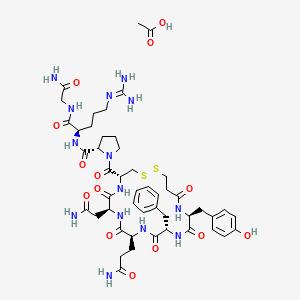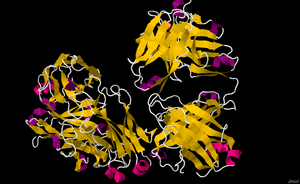It may seem counter intuitive, but eating bread, pasta and cereal may actually help prevent type 2 diabetes, as long as those foods are made from whole grains, new research suggests.
The study found that each serving of whole-grain foods per day was linked to as much as an 11 percent drop in the risk of type 2 diabetes.
"Whole grains appear to play an important role in the prevention of type 2 diabetes, and choosing whole grains over refined grains is highly recommended," said study author Cecilie Kyro. She is a post-doctoral researcher at the Danish Cancer Society Research Center in Copenhagen.
Kyro added that, in addition to preventing type 2 diabetes, there is evidence that whole grains can help prevent heart disease and colon cancer.
More than 30 million Americans have diabetes, and most have type 2 diabetes, according to the American Diabetes Association (ADA). People with type 2 diabetes don't use the hormone insulin efficiently.
Insulin normally ushers blood sugar into cells to be used as energy. But some people are resistant to the effects of insulin, and then more and more insulin is needed to do the same job. Eventually, the insulin-producing cells in the pancreas can't keep up with the demand, and blood sugar levels rise, resulting in type 2 diabetes, according to the ADA.
Lifestyle factors, such as diet and exercise, are known to play a role in type 2 diabetes. In the latest study, researchers wanted to see what role specific whole grains played in type 2 diabetes.
To do this, they reviewed diet information from more than 55,000 people, aged 50 to 65, in Denmark. On average, the group was slightly overweight.
Overall, about 7,400 people were diagnosed with type 2 diabetes during the study's average 15-year follow-up.
The study volunteers completed food diaries. From these food diaries, the researchers calculated how many grams of whole grains each person ate daily.
The investigators found that for every serving of whole-grain food, the risk of type 2 diabetes dropped by 11 percent for men and 7 percent for women.
In women, only wheat and oats seemed to reduce the risk of diabetes. But for men, all whole grains -- wheat, rye and oats -- were linked to a lower risk of the blood sugar disorder. Kyro said this difference may just be a statistical anomaly because fewer women developed diabetes.
She added that all whole-grain products can be recommended for preventing type 2 diabetes in both men and women.
Exactly how whole grains help prevent type 2 diabetes isn't clear from this study. Because it's an observational study, it isn't designed to prove a cause-and-effect relationship.
Still, the scientists suspect that there may be several reasons why whole grains could be protective, including reduced blood sugar secretion after a meal.
Registered dietician Samantha Heller said the findings fall in line with previous research.
"People who consume whole grains have lower risks of type 2 diabetes, as well as inflammation, coronary heart disease and cancer," she said. In addition, a diet including whole grains also helps with weight management and may improve digestive health.
"Whole grains contain fiber, vitamins, minerals, protein and phytonutrients, all of which play important roles in maintaining a healthy body. Dietary fiber decreases insulin resistance, after-meal blood sugar spikes and decreases inflammation, all of which may contribute to its beneficial effects on type 2 diabetes," Heller explained. (Phytonutrients are nutrients from plant sources.)
Kyro said one serving of whole grain contained 16 grams of whole grain. That can vary depending on the type or brand of a product, but 16 grams is approximately one slice of whole-grain bread, she said.
Heller said that U.S. dietary guidelines recommend three to four servings of whole grains a day. A serving is one slice of bread, one-cup of ready-to-eat cereal or 1/2-cup cooked rice, pasta or cereal. She said those recommendations are for people who are sedentary. If you're more active, you may need more grains each day.
Findings from the study were published in the September issue of The Journal of Nutrition.




